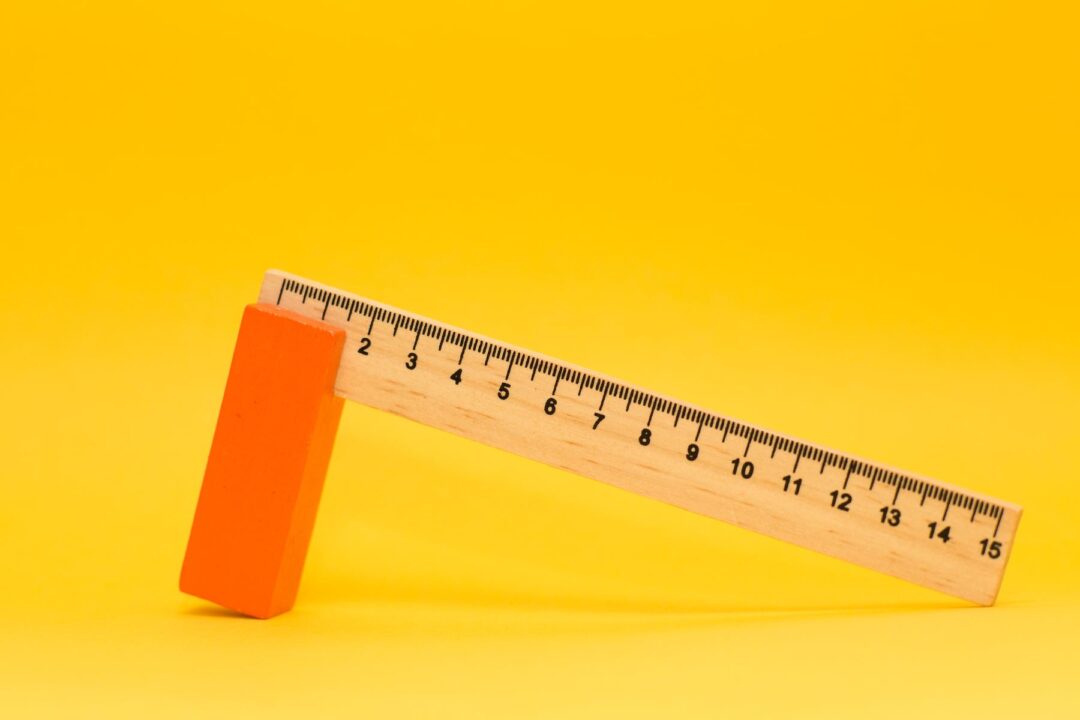How to use mini whiteboards for instant whole-class feedback

An instant formative assessment tool allowing teachers to engage with the thinking, understanding and progress of all students at once.
What does it mean?
Coupled with erasable pens, mini whiteboards are simple and effective learning tools. They allow students to record and share their thinking, and teachers to instantly check for understanding.
They are most commonly given to all students. You ask them to record their responses to a shared question and on cue (‘1-2-3 show me!’), students hold up their whiteboard to show their answer to the teacher and the class.
Mini whiteboards allow for a range of response formats, ensure participation from all students, and encourage students to forego neatness in favour of risk-taking. Teachers can also use the responses to determine the learning that follows.
What are the implications for teachers?
Act immediately: you can use the information gathered to give instant feedback and ask follow-up questions. You can ask students to justify correct answers, for example asking, ‘How did you get there?’ and ‘What was your thought process?’. You can also challenge incorrect answers, for example by asking, ‘Can you explain where you went wrong?’ This is a great source of reciprocal feedback. Look out for common misconceptions and unexpected answers which can prove useful in consolidating learning.
You could combine mini whiteboards with ‘Think-Pair-Share’ so that students work with partners to write an answer before sharing their joint response with the teacher and class. Allow students to use the whiteboard to admit that they don’t know or are stuck; this, too, is vital feedback.
To make this strategy effective, school leaders should make mini whiteboards easily accessible – ideally each teacher/classroom should have their own set so that they can be used spontaneously and embedded into everyday practice. Use time cues so that students are given a clear timeframe for their response; this helps to keep the thinking focused and maintain the lesson flow.
Top tips
Ensure that whiteboards and markers are part of the normal classroom routine and lesson equipment; students should see them as an essential tool, not a novelty or a bore.
Want to know more?
Sherrington, T. (2012) The Number 1 Bit of Classroom Kit: Mini Whiteboards.
This article was published in August 2018 and reflects the terminology and understanding of research and evidence in use at the time. Some terms and conclusions may no longer align with current standards. We encourage readers to approach the content with an understanding of this context.










